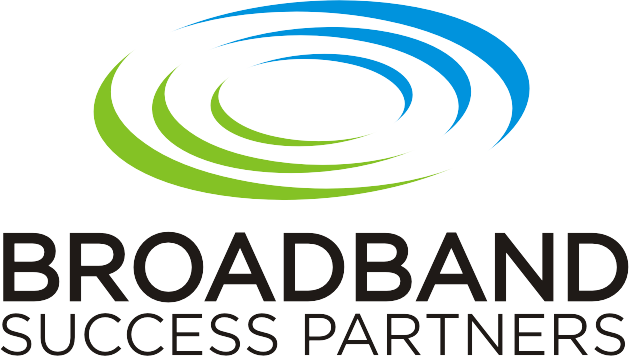Cable operators and other broadband service providers may grouse loudly about the growing loss of their edge services business to OTT (over-the-top) entrants. But, ironically enough, the main enablers of these new entrants have been the operators themselves.
Let me explain why by starting with a little history. Back in the early days of DOCSIS, bandwidth was greater than previously available with dial-up but still was limited. A DOCSIS service group might consist of as many as 2,000 homes, all sharing downstream bandwidth of less than 40 Mbit/s and upstream bandwidth of 5 Mbit/s on a single upstream and single downstream channel. That sharing made real-time streaming of video unimaginable, and real-time voice communications challenging if, for example, an upstream file transfer was to accompany several simultaneous phone calls.
CableLabs developed PacketCable 1.0 along with DOCSIS 2.0. Now, voice calls could be prioritized so that the file transfers would wait. This worked wonderfully well, and for a while cable voice services had superior performance to OTT services, such as in the early days of Vonage. CableLabs then further refined PacketCable with features to support business-class services and other real-time communications.
As the demand for bandwidth kept increasing, service providers obliged. DOCSIS 3.0 channel bonding and DOCSIS 3.1’s new modulation methods enabled much greater speeds. The telcos rolled out GPON. Throughout the past decade (indeed, since the 1980s), bandwidth demand and supply doubled every year. Today, capacity approaching 1 Gbit/s downstream and hundreds of Mbit/s upstream is commonplace.
What has this done to PacketCable and its prioritization of traffic? For the most part, it has rendered them superfluous. When bandwidth is “unlimited,” there is no congestion and thus no need to prioritize. Without congestion, an OTT edge service provider can get its traffic through as well as virtually any in-house prioritized service.
Not only are OTT voice players able to compete, but OTT video players can thrive. Most experts now believe that with advances in video coding, less than 20 Mbit/s could support a 4k TV stream. That can be accommodated by a 1Gbit/s access network serving dozens of customers in a service group, and that is what most modern MSOs are building for the near future, in effect cementing the commoditization of their own edge services.
Will this go on unabated?
The need for priority treatment of video packets could return if bandwidth demand exceeds supply. Bandwidth demand for virtual reality applications could exceed 100 Mbit/s per user, which could challenge capacity. Thus, a revisit to PacketCable Multimedia may be required.
In any event, it is not something to be counted on for a lucrative future in the transport of OTT bits. Also, while current net neutrality regulations (or lack thereof) may permit charging OTT provides for priority treatment of their streams, there is no guarantee that the regulatory environment will remain as it is now.
In the next installment, we will examine opportunities for cable operators and other service providers in the brave new world of OTT and 5G.
Jack Burton, Broadband Success Partners


